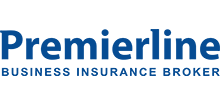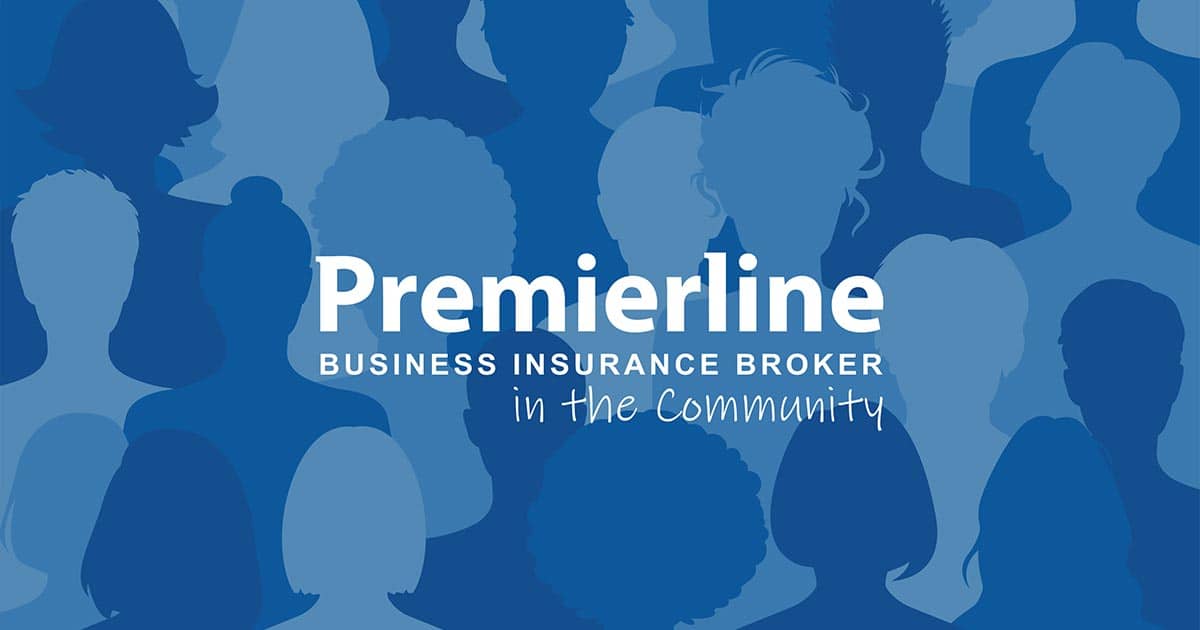Your go-to destination for expert guidance, insights and information on all things business.
As one of the UK's leading SME insurance brokers, we understand the importance of having access to reliable and up-to-date information. In our Insight Hub, you'll find a wealth of resources designed to help you navigate the complex world of business. Our comprehensive library of resources includes guides, news, articles, and tips to help you stay informed and can help you make informed decisions about protecting your business.













